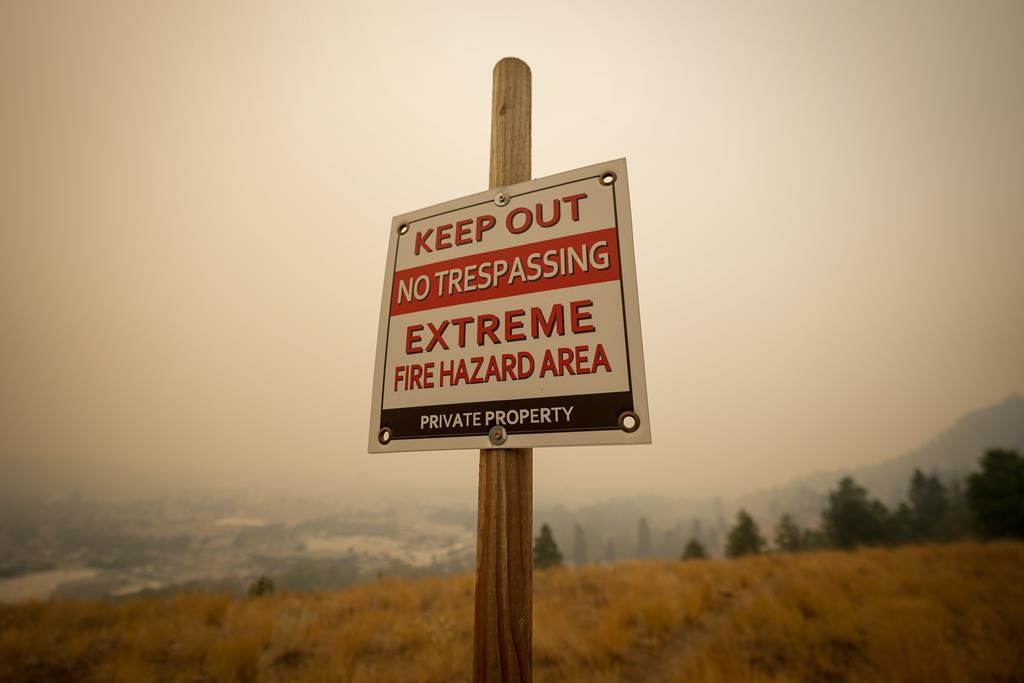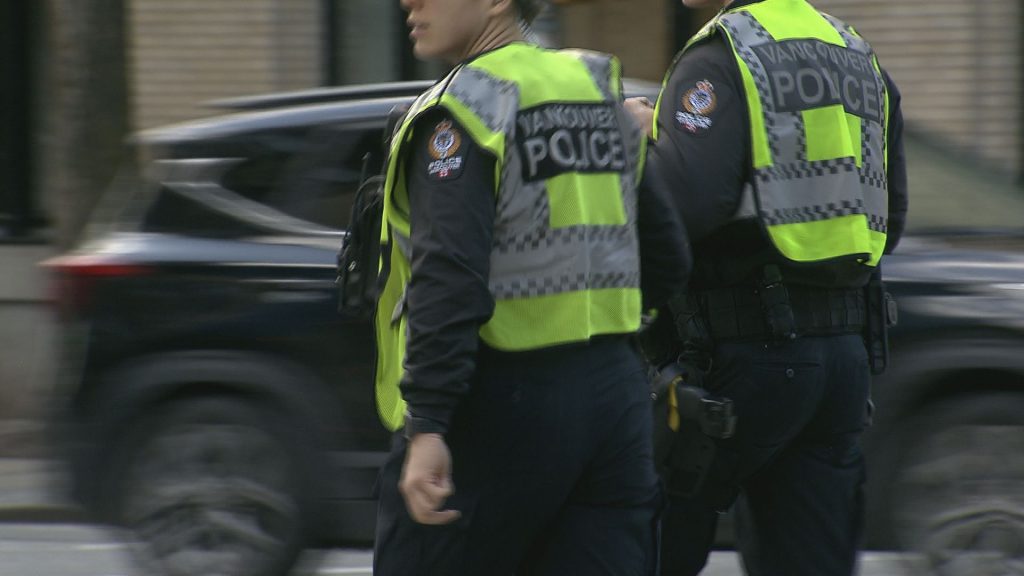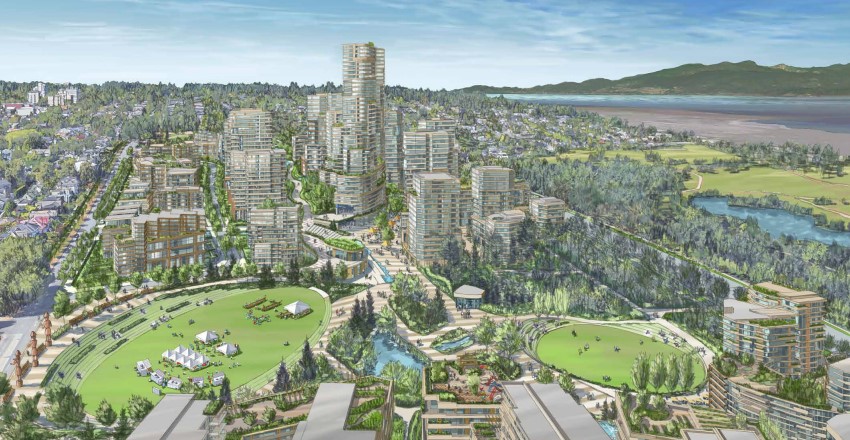Drinking water, aquatic life at risk due to B.C.’s fire-ravaged summer: experts

Posted September 4, 2023 12:21 pm.
Experts say the extent to which wildfires have burned across the province this year will have serious implications for the quality of B.C.’s watersheds and the ecosystems that rely on them.
John Richardson, a Department of Forest and Conservation Sciences professor at the University of British Columbia, says with so many hillsides scorched by wildfires this year, there’s nothing to prevent incoming rain from creating a “debris torrent” — something which spells bad news for the province’s drinking water.
“One of the biggest things is we’ll have lots of fine silt, which looks like dirty water,” he said. “That will take a long time to settle out and is something we obviously don’t want in our drinking water. It takes a lot to filter that out.”
While this issue isn’t a huge concern for drinking water in the province’s biggest cities, small or secluded communities, including many First Nations in B.C., will be adversely affected by these natural consequences.
“In big communities like Vancouver and Victoria, we have really good reservoirs. We have great big industrial-scale filtration plants,” Richardson explained.
“It’s really hard when you have small communities to really have the big water treatment plants, and so that’s one of the places that we’re starting to see a lot of the boil water advisories or even do not drink [notices].”
Richardson explains that, at this time of year, drinking water advisories are often associated with the presence of microbes or microbial contamination in water systems.
“At the end of the summer, it’s been warm. All the things that live in water are multiplying, there’s high densities of them, and we haven’t had water to dilute any of that,” he said. “It’s a natural part of our aquatic ecosystems, but we don’t want to be drinking that directly.”
On top of infrastructure, many smaller, remote communities also often lack the people trained to operate these large filtration systems, according to Richardson.
“It’s really hard to afford to have a full-time person or even a part-time person that’s going to check those regularly,” Richardson told CityNews. “So all of those economies of scale, of population size, make it difficult for people to have that water security around really high-quality drinking water.”
Related Articles:
-
Dozens of tickets issued during Burrard Inlet salmon run; DFO calls it an ‘urgent’ issue
-
Maine resident captures nature in action in N.B. as shark snacks on whale carcass
-
Dirty car contest encourages residents to conserve water, embrace the filth
Climate change means water quality issues persist
Contamination of water systems due to wildfires isn’t an issue Richardson sees subsiding anytime soon.
“The biggest challenge with climate change is that we expect more intense storms and more intense weather,” he said.
Going on 14 sequential months of below-average rainfall in the province, Richardson says this summer has been exceptionally dry and the province’s water systems are not being replenished as quickly as they should be.
More intense storms coupled with torched trees, mean landscapes are more easily eroded and an excess of materials is being carried downstream.
When this debris enters waterbodies, it can be detrimental to the ecosystems in those areas.
The consequences of wildfires, such as a lack of shading from trees making streams hotter or silt smothering fish eggs, are proven to reduce the health of aquatic life.
“While it’s important to be thinking about human water supplies, all of the other life on our planet depends on water as well,” he said. “We need to realize that it’s not just about humans. These landscape effects of forest fire and other land uses are going to affect our aquatic ecosystems as well.”
New technologies offer solutions
In anticipation of more extremes to come, researchers at UBC are seeking out practical solutions to water filtration for use in all types of communities across the province.
Methods such as using ultraviolet lights or an ion exchange process to kill off microbes are already being implemented in some communities with the help of UBC professor Madjid Mohseni and his water-focused lab.
The provincial government even referenced research by Mohseni’s lab in guidelines it released last year about how to use ultraviolet light to disinfect drinking water.
However, Richardson says accessibility and cost are a couple of factors in these solutions that still need to be ironed out.
“Getting that to a scale where you can serve small communities of a few 100 to maybe 1,000 people is challenging,” he said.
The goal right now is to mould these solutions into something that can be used at small-scale water treatment plants within small communities lacking an excess of resources.
Until these solutions are implementable at a greater scale, Richardson says it’s important for people to remember that, moving forward, extreme is the new normal.
“We can’t assume the average. We, as humans, tend to assume that we’re gonna get average conditions,” he says. “Of course, you can go one or two years without the average, and all of a sudden you realize, ‘Oh, that was a mistake.’ We need to anticipate the fact that we are going to have extremes. “








